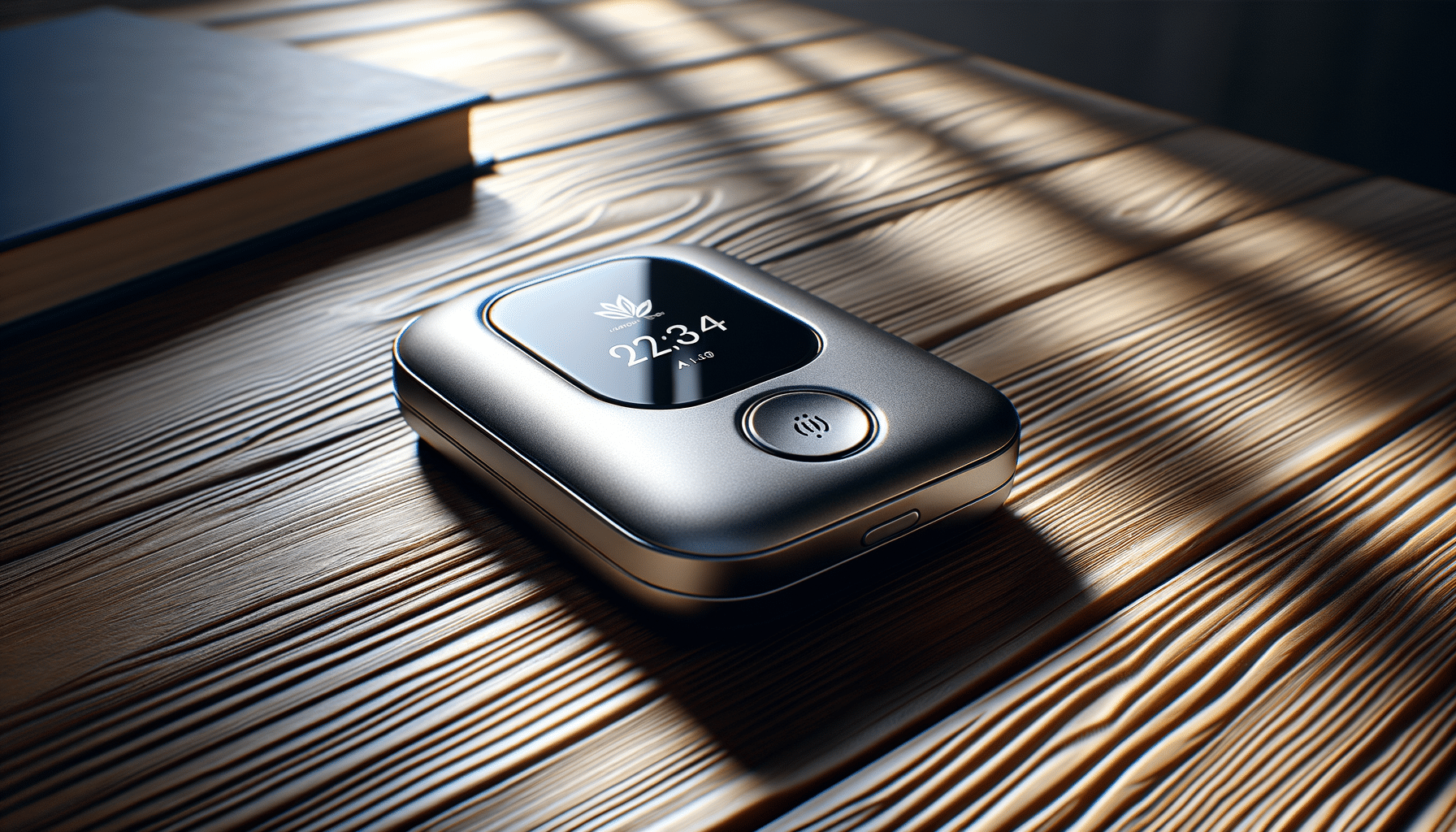
Explorando los Servicios de Alerta Médica: Una Guía Completa
Introducción a los Servicios de Alerta Médica
Los servicios de alerta médica se han convertido en una herramienta esencial para la seguridad y el bienestar de muchas personas, especialmente para aquellos que son mayores o tienen necesidades especiales de salud. Estos sistemas ofrecen una línea directa de comunicación en caso de emergencias médicas, permitiendo que la ayuda llegue rápidamente. A medida que la población envejece, la demanda de estos servicios ha crecido, destacando su importancia en el cuidado de la salud moderna.
La esencia de los servicios de alerta médica radica en su capacidad para proporcionar asistencia inmediata. En situaciones donde cada segundo cuenta, como en caso de caídas o problemas cardíacos, tener acceso a un servicio de alerta médica puede marcar la diferencia entre una rápida recuperación y complicaciones graves. Este artículo explorará en detalle los distintos aspectos de estos servicios, sus beneficios y cómo elegir el adecuado.
¿Cómo Funcionan los Servicios de Alerta Médica?
Los servicios de alerta médica generalmente consisten en un dispositivo portátil que se puede usar como un colgante o una pulsera. Estos dispositivos están equipados con un botón de emergencia que, al ser presionado, conecta al usuario con un centro de monitoreo. Este centro está disponible las 24 horas del día, los 7 días de la semana, y está operado por personal capacitado para manejar emergencias médicas.
El proceso es sencillo pero efectivo. Al activarse la alerta, el centro de monitoreo puede comunicarse directamente con el usuario a través del dispositivo. Si la situación lo requiere, el personal puede contactar a familiares, vecinos o servicios de emergencia para asegurar que el usuario reciba la ayuda necesaria. Algunos sistemas avanzados incluso pueden detectar caídas automáticamente, lo que es crucial para usuarios que podrían no estar en condiciones de presionar el botón.
Además, muchos servicios ofrecen funciones adicionales como recordatorios de medicamentos, monitoreo de actividad y localización GPS, lo que añade capas de seguridad y tranquilidad para los usuarios y sus familias.
Beneficios de los Servicios de Alerta Médica
Los beneficios de los servicios de alerta médica son numerosos y significativos, especialmente para las personas mayores o aquellas con condiciones médicas crónicas. Uno de los beneficios más destacados es la tranquilidad que ofrecen tanto a los usuarios como a sus familias. Saber que hay un sistema de respaldo en caso de emergencia puede aliviar el estrés y la ansiedad relacionada con la salud.
Otro beneficio es la independencia que estos servicios permiten. Muchas personas mayores desean vivir de manera independiente pero se preocupan por su seguridad. Un sistema de alerta médica puede proporcionar esa seguridad, permitiendo a los usuarios vivir en sus propios hogares por más tiempo sin comprometer su bienestar.
Además, estos servicios pueden ser económicamente más viables que otras opciones de cuidados, como instalaciones de vida asistida. Al reducir la necesidad de cuidados constantes, los servicios de alerta médica pueden ser una opción más asequible y conveniente para muchas familias.
Consideraciones al Elegir un Servicio de Alerta Médica
Elegir el servicio de alerta médica adecuado puede ser un desafío debido a la variedad de opciones disponibles. Es importante considerar varios factores para asegurar que el elegido satisfaga todas las necesidades del usuario. A continuación, se presentan algunas consideraciones clave:
- Facilidad de uso: El dispositivo debe ser fácil de usar, especialmente para personas con limitaciones físicas o cognitivas.
- Cobertura: Verifique que el servicio tenga cobertura en todas las áreas donde el usuario pasa tiempo regularmente.
- Funciones adicionales: Considere si se necesitan funciones como detección de caídas, GPS o recordatorios de medicamentos.
- Costo: Evalúe los costos mensuales y cualquier cargo adicional que pueda aplicar.
Tomarse el tiempo para investigar y comparar diferentes servicios es crucial para hacer una elección informada que brinde seguridad y satisfacción.
Conclusiones sobre los Servicios de Alerta Médica
En conclusión, los servicios de alerta médica son una herramienta valiosa para mejorar la seguridad y la calidad de vida de las personas mayores y aquellas con necesidades especiales de salud. Proporcionan una red de seguridad que permite a los usuarios vivir de manera más independiente y con menos preocupaciones sobre emergencias médicas.
A medida que la tecnología continúa avanzando, estos servicios se vuelven cada vez más sofisticados, ofreciendo funciones adicionales que pueden adaptarse a las necesidades individuales. Al considerar un servicio de alerta médica, es importante evaluar cuidadosamente las opciones disponibles para encontrar el sistema que mejor se adapte a las necesidades del usuario y su estilo de vida.
En última instancia, la elección de un servicio de alerta médica adecuado puede significar la diferencia entre la tranquilidad y la incertidumbre, haciendo que la inversión en estos sistemas sea valiosa para muchas familias.